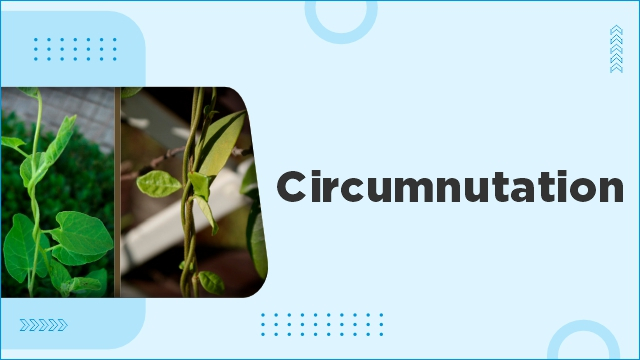Short Article
26-09-2024 | 14:55 PM
Circumnutation
A new study underlined the significant role circumnutations could play in plant growth patterns.
Key Facts
- It is an important physiological mechanism that helps plants adapt to their growth environments.
- Circumnutation often seems random, with plants moving in unpredictable ways.
- Significance: It is an inherent behaviour across plant species, enabling them to adapt to environmental conditions and maximise their growth.
- It refers to the slow, repetitive, and often spiral movement observed in the growing tips of plants. For example, shoots, the self-organization of a sunflower, tendrils, roots, climbing plants etc.
- This movement is caused by differential growth rates in different parts of the plant, particularly in the apical meristem, leading to a circular motion.
- Researchers found that sunflowers grown in a dense row naturally formed a near-perfect zigzag pattern, with each plant leaning away from the row in alternating directions.

